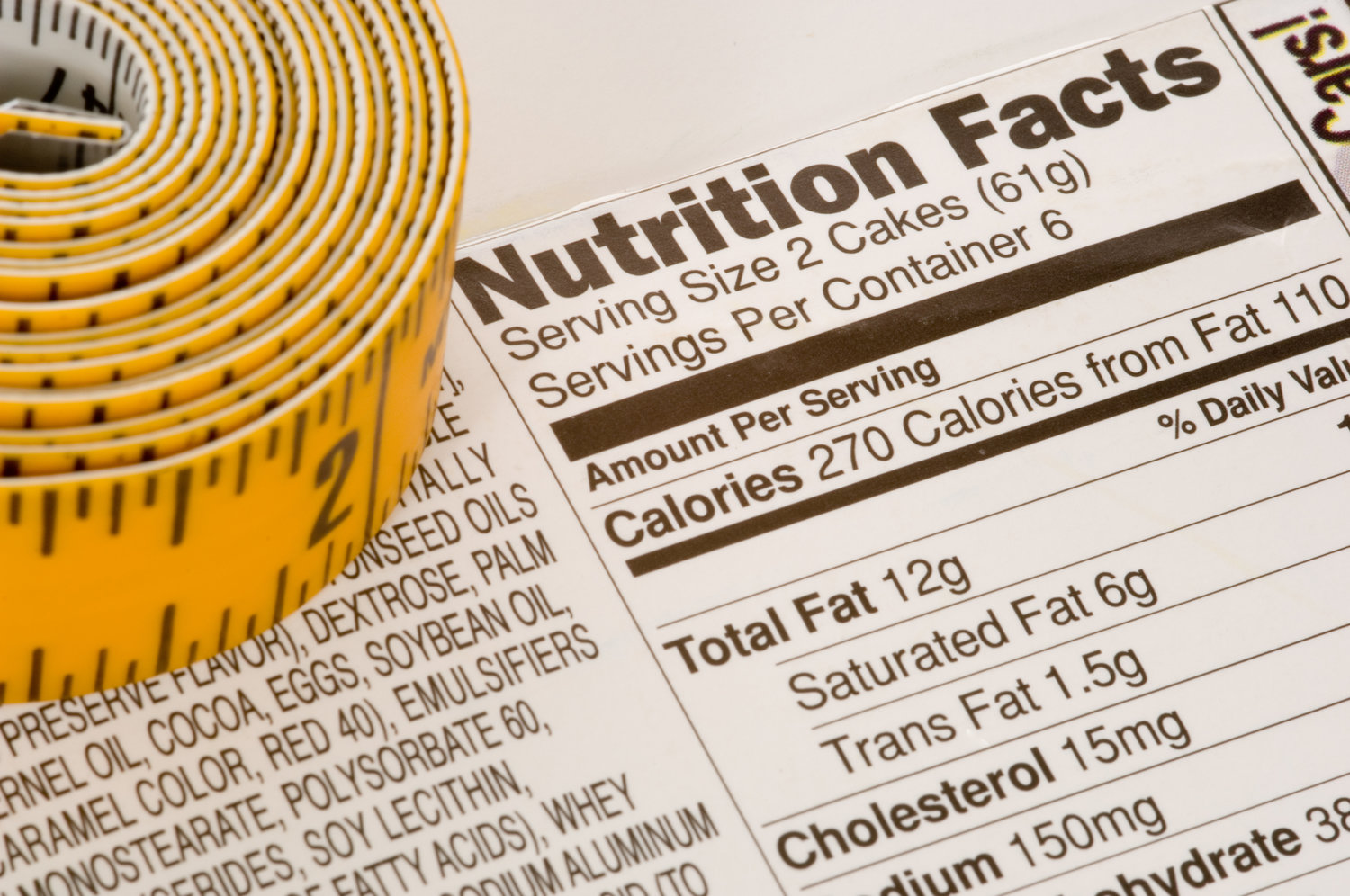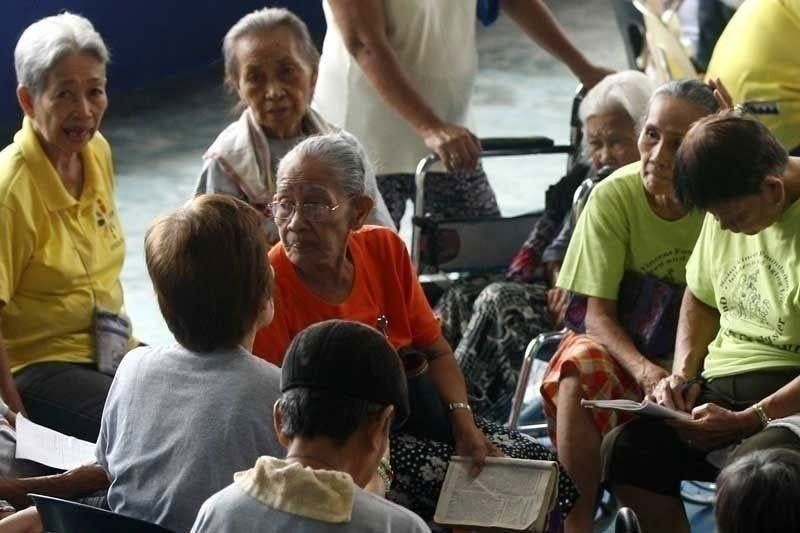
MANILA – Senate President Juan Miguel Zubiri revealed on Monday that President Ferdinand Marcos Jr. is advocating for the plebiscite concerning Charter change (Cha-cha) to coincide with the 2025 midterm elections. This alignment is aimed at conserving public funds, as stated after Zubiri and several other senators participated in the ceremonial signing of two laws at the Palace.
Senators Juan Miguel Zubiri, Senate President Pro Tempore Lorna Regina “Loren” Legarda, and Senator Juan Edgardo “Sonny” Angara jointly introduced Resolution of Both Houses 6 (RBH 6). This resolution aims to amend certain economic provisions of the Constitution to enhance the country’s attractiveness to foreign investors.
Zubiri noted that the President reiterated his earlier stance, emphasizing that the Senate should take the lead in amending the 1987 Constitution, particularly focusing on the restrictive economic clauses concerning public services, education, and the advertising industry.
The President’s preference is to synchronize the plebiscite with the 2025 elections, as conducting a separate plebiscite would incur a significant cost ranging from P12 billion to P14 billion, according to the Senate chief.
The Commission on Elections (Comelec) affirmed its preparedness to conduct the plebiscite concurrently with the 2025 midterm elections, should Congress specify such arrangements in its resolution.
According to Zubiri, the decision to hold both events simultaneously eliminates the urgency to expedite Charter change.
“We can take this up after the break, and complete the resolution, and approve the resolution before the sine die break — that is our target date,” he said.
Zubiri further mentioned that he had tasked Angara with exploring the feasibility of including a supplementary question regarding the constitutional amendments on the reverse side of the ballot.
Moreover, Zubiri conveyed the President’s apprehension regarding the state of relations between the Senate and the House, particularly following a highly publicized dispute over Charter change.
“I said after the signing today, it’s even much better. We said the ceasefire has been holding,” Zubiri said.
Zubiri emphasized that the President reiterated his stance, emphasizing that he solely advocated for the amendment of select economic provisions. The President made it unequivocal that “there should be no political amendments” involved in the process.
Possible
The Commission on Elections (Comelec) on Monday stated that it was feasible to conduct the plebiscite regarding Charter change concurrently with the 2025 elections.
“We will comply per our mandate in accordance with the Constitution,” said Comelec Chairman George Erwin Garcia, even as he pointed to the tight timeline.
Garcia mentioned that the Commission on Elections (Comelec) could organize a plebiscite concurrently with the regular elections in 2025, making necessary adjustments to their ongoing preparations with minimal additional expenses for the government.
He clarified that aside from the extra compensation for public school teachers and other poll workers assigned to manage the precincts on election day, there would be no additional costs. Garcia noted that the Comelec already possesses a sample ballot featuring plebiscite questions, and the new automated counting machines slated for use in 2025 are capable of processing “yes or no” queries on the ballot.
On the other hand, Comelec spokesman John Rex Laudiangco stated that according to the terms of reference for the lease purchase of the 110 automated counting machines (ACMs) from Miru Systems intended for the 2025 polls, any additional electoral events such as a plebiscite can be incorporated.
Laudiangco emphasized that the plebiscite question must specify the provision of the Constitution being proposed for amendment.
The Comelec estimated the cost of conducting a national plebiscite to be around P13 billion.
Previously, Garcia mentioned that simultaneous plebiscite and regular elections were not feasible due to a prior Supreme Court ruling prohibiting their simultaneous conduct. However, he highlighted that such synchronization could be legally achieved if specified in the resolutions of both the Senate and the House of Representatives.
House divided
In the House, as discussions commenced on a comparable Charter change resolution, lawmakers found themselves divided regarding the ensuing process once Resolution of Both Houses 7 (RBH 7) received approval.
Albay 1st District Representative Edcel Lagman raised the question of whether the House would transmit RBH 7 to the Senate following its approval.
Mandaluyong Representative Neptali “Boyet” Gonzales 2nd, acting as committee floor leader, asserted that “once we approve our resolution, then we’ll send it to the Senate.”
However, Lagman inquired further about whether the House and Senate would convene as a constituent assembly once the Senate concurred with the resolution.
Gonzales clarified, stating, “Our perspective is that we are independently exercising the powers conferred by the Constitution, wherein we vote separately by at least three-fourths of all members. Once both houses have concurred with the same resolution, it will then be forwarded to the Comelec to schedule a plebiscite, eliminating the necessity for a joint assembly.”
Nevertheless, Lagman maintained that, in the context of a constituent assembly, both representatives and senators should convene in an assembly.
“They cannot be acting separately. And only a constituent assembly of representatives and senators can propose amendments to the Constitution for ratification by the people in a proper plebiscite,” he said.
RBH 7 mirrors the proposed amendments outlined in RBH 6, which was introduced in the Senate.
The Senate initiated discussions on RBH 6 earlier this month.
Similar to RBH 6, RBH 7 addresses amendments to Article XII (Section 11), Article XIV (paragraph 2 of Section 4), and Article XVI (paragraph 2 of Section 11).
Both RBHs propose inserting the phrase “unless otherwise provided by law” into these provisions. Additionally, they both aim to insert the term “basic” before “educational institutions” in the initial sentence of paragraph 2, Section 4 of Article XIV.







